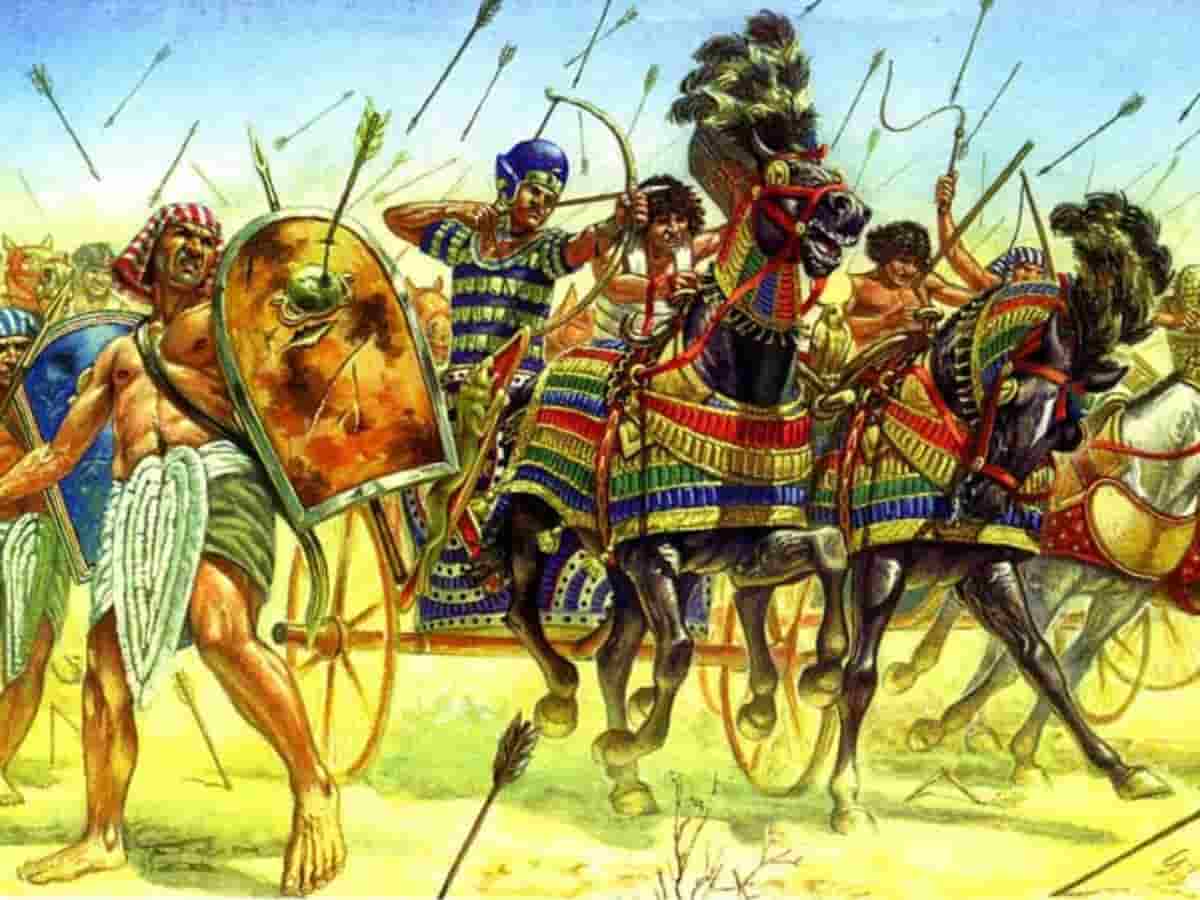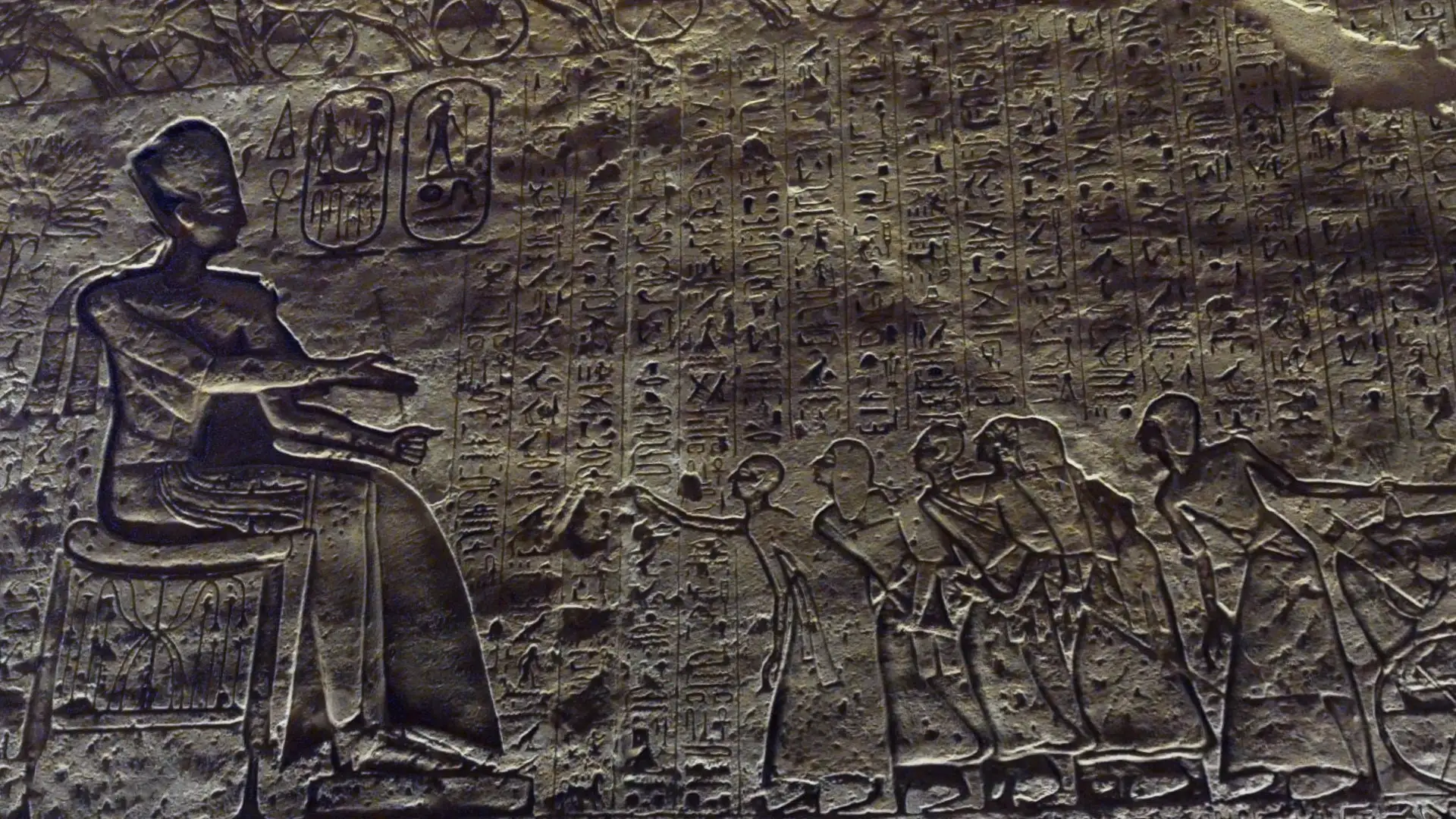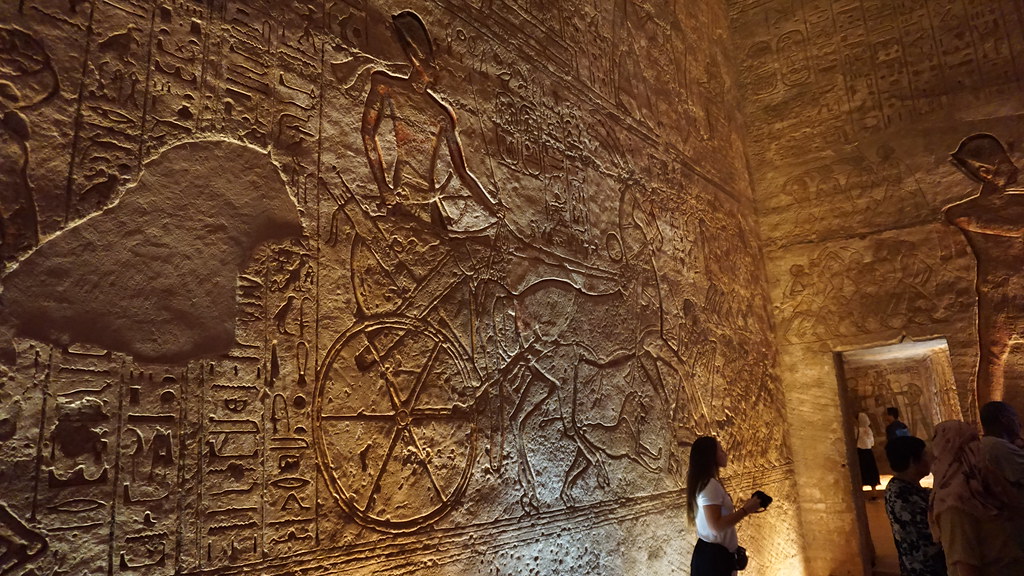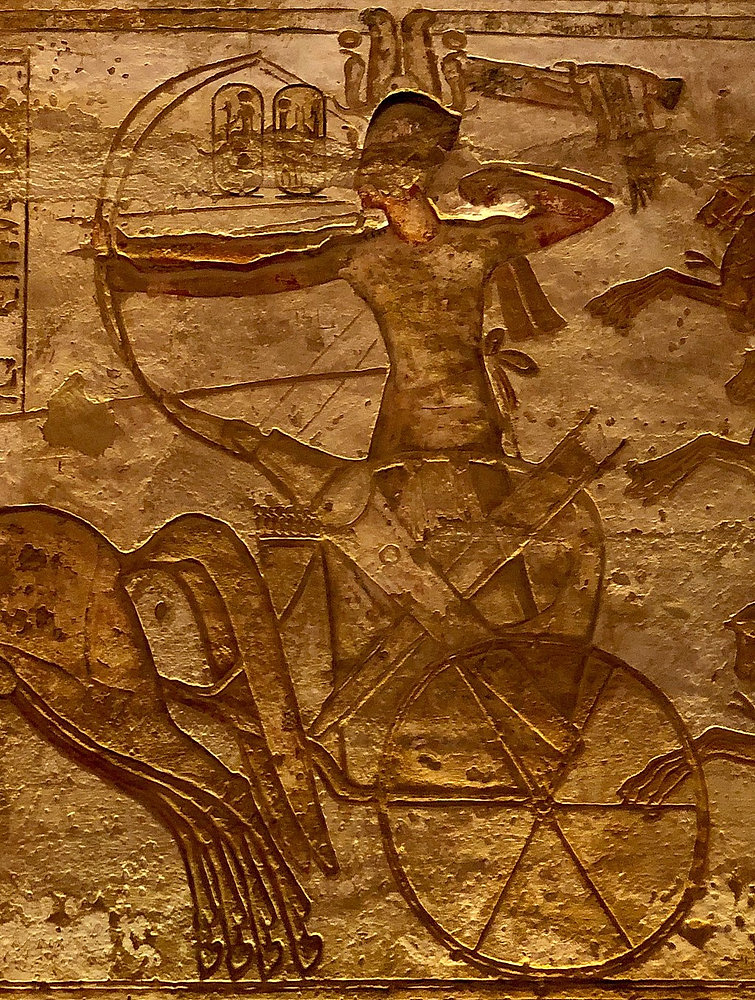Beyond the Pharaoh’s Glory: The Hidden Trojans in the Battle of Qadesh

The Prelude to Battle: Egypt and the Hittites

The Battle of Qadesh in 1274 BCE was more than just a clash between Egypt, led by Ramesses II, and the Hittites, under Muwatalli II. The origins of this conflict trace back to the late 16th century BCE, a time when the great powers of the ancient Near East—Egypt, Mitanni, and Hatti—vied for control over the economically rich and strategically vital region of the Levant.
During this period, Syria was a hub of international trade, with goods from the Aegean and beyond passing through ports like Ugarit. The Levant’s extensive trade routes made it an ideal location for imperial expansion, and as a result, these powers engaged in numerous wars to secure dominance over the area. The Hittites, under Suppiluliumas I, eventually extended their empire into Mitanni territory in northern Syria, disrupting the peace treaty between Egypt and Mitanni and setting the stage for future conflicts.
Egypt’s Rise and the Struggle for Qadesh

During the early 14th century BCE, Egypt’s New Kingdom enjoyed a period of unparalleled wealth and stability. With secure borders and control over Canaan, Egypt was at its zenith. However, this prosperity was threatened by the Hittite expansion into Syria, which culminated in the capture of Qadesh. Ramesses II, determined to reclaim the lands once held by his forefathers, led his forces into battle against the Hittites at Qadesh.
The ensuing battle was fierce, with both sides claiming victory. However, archaeological discoveries have revealed that the conflict ended in a stalemate, leading to a truce rather than a decisive victory for either side. Egyptian inscriptions from this period provide valuable insights into the allies of the Hittites, including a surprising mention of the Trojans.
The Trojan Connection: Allies of the Hittites

The province of Wilusa, known in Greek as Ilion or Troy, was a tributary state within the Hittite Empire. As a vassal state, Troy paid tribute to the Hittites in exchange for military protection. The Hittite archives, discovered at the ancient capital of Hattusha, frequently mention Wilusa and its conflicts with the Ahhiyawa (Achaeans), the ancient Greeks. These records suggest that the ancient Greeks were active in Anatolia as early as the 14th-13th centuries BCE, possibly inspiring the epic tales later immortalized in Homer’s Iliad.
Inscriptions by Ramesses II further corroborate this connection, listing the Drdnjj, vocalized as Dardany or Dardanoi (the Trojans), among the Hittite allies at the Battle of Qadesh. Dardania, a district within the Troad near the Hellespont, was closely associated with the territory of Ilium, and the Trojans were often referred to as the people of the Dardanelles. Shortly after the Battle of Qadesh, the archaeological layer of Troy VIIa, associated by some scholars with the Trojan War, was destroyed around 1180 BCE, likely as a result of warfare.
The Legacy of Qadesh and the Trojans

The Battle of Qadesh is remembered as a key moment in Egyptian and Hittite history, but it also offers a unique glimpse into the broader geopolitical landscape of the Late Bronze Age. The involvement of the Trojans at Qadesh highlights the complex web of alliances and rivalries that shaped the ancient Near East. Through archaeological discoveries and the deciphering of Hittite texts, modern scholars have been able to piece together a more nuanced narrative, one that extends beyond the propagandistic accounts of Ramesses II and includes the perspectives of other key players like the Trojans.
Conclusion
The Battle of Qadesh serves as a fascinating example of how history is often more intricate than it appears. While Ramesses II used the battle to glorify his reign, the true story reveals a network of alliances and conflicts that included not only Egypt and the Hittites but also the Trojans. The archaeological evidence and ancient inscriptions have allowed us to better understand the interconnectedness of these ancient civilizations, providing a richer and more detailed picture of the past.
Video
News
The Hanging Temple: China’s 1,500-Year-Old Cliffside Marvel of Faith and Engineering
The Hanging Temple: China’s 1,500-Year-Old Cliffside Marvel of Faith and Engineering Perched precariously on the cliffs of Mount Heng in Shanxi Province, China, the Hanging Temple, also known as Xuankong Temple, Hengshan Hanging Temple, or Hanging Monastery, is an architectural…
The Willendorf Venus: A 30,000-Year-Old Masterpiece Reveals Astonishing Secrets
The Willendorf Venus: A 30,000-Year-Old Masterpiece Reveals Astonishing Secrets The “Willendorf Venus” stands as one of the most revered archaeological treasures from the Upper Paleolithic era. Discovered in 1908 by scientist Johann Veran near Willendorf, Austria, this small yet profound…
Unveiling the Maya: Hallucinogens and Rituals Beneath the Yucatán Ball Courts
Unveiling the Maya: Hallucinogens and Rituals Beneath the Yucatán Ball Courts New archaeological research has uncovered intriguing insights into the ritual practices of the ancient Maya civilization. The focus of this study is a ceremonial offering found beneath the sediment…
Uncovering the Oldest Agricultural Machine: The Threshing Sledge’s Neolithic Origins
Uncovering the Oldest Agricultural Machine: The Threshing Sledge’s Neolithic Origins The history of agricultural innovation is a fascinating journey that spans thousands of years, and one of the earliest known agricultural machines is the threshing sledge. Recently, a groundbreaking study…
Nara’s Ancient Sword: A 1,600-Year-Old Protector Against Evil Spirits
Nara’s Ancient Sword: A 1,600-Year-Old Protector Against Evil Spirits In a remarkable discovery that has captured the attention of archaeologists and historians alike, a 7.5-foot-long iron sword was unearthed from a 1,600-year-old burial mound in Nara, Japan. This oversized weapon,…
The Inflatable Plane, Dropped Behind the Lines for Downed Pilots
Experimental The Inflatable Plane, Dropped Behind the Lines for Downed Pilots The Inflatoplane from Goodyear was an unconventional aircraft developed by the Goodyear Aircraft Company, a branch of the renowned Goodyear Tire and Rubber Company, also famed for the Goodyear…
End of content
No more pages to load











